Planted greenhouse beds....
mulberryknob
11 years ago
Related Stories
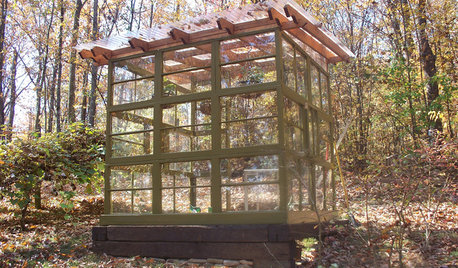
GARDENING AND LANDSCAPINGSee a Family Greenhouse Grown From Scraps
Can-do resourcefulness and less than $400 lead to a new 8- by 8-foot home for plants on a Tennessee family's property
Full Story
FARM YOUR YARDHow to Build a Raised Bed for Your Veggies and Plants
Whether you’re farming your parking strip or beautifying your backyard, a planting box you make yourself can come in mighty handy
Full Story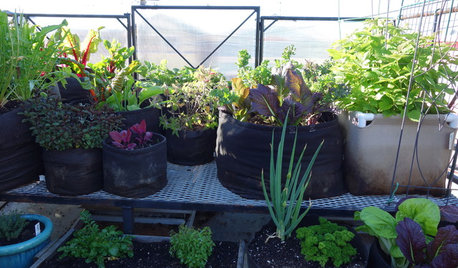
FARM YOUR YARDAn Urban Greenhouse Overflows With Edibles
Making meals just means stepping into the yard for a San Francisco couple who revamped an old orchid house
Full Story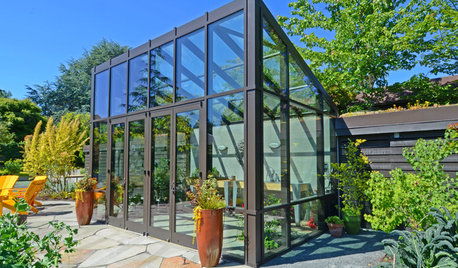
PATIO OF THE WEEKA Cozy Backyard Escape Warms Seattle Gardeners
Bold hues, a green roof, a functional greenhouse, a fire pit, an arbor and raised beds create a harmonious modern garden
Full Story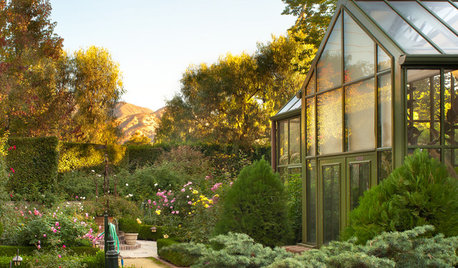
GREENHOUSESGreenhouses Bring Gardens in From the Cold
Get a jump start on summer plantings even if spring chills linger with a greenhouse or cold frames in your backyard
Full Story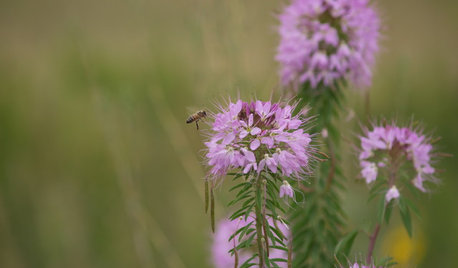
GARDENING GUIDESGreat Design Plant: Cleome Serrulata
Beckon bees and other pollinators in for a drink of nectar from this western U.S. native’s late-summer flowers
Full Story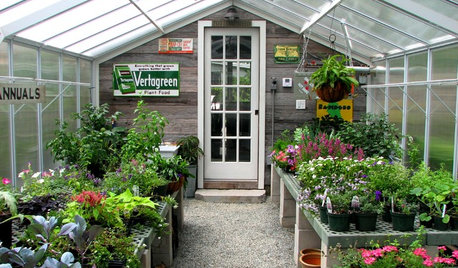
OUTBUILDINGSRoom of the Day: An Old Shed Becomes a Spa and Greenhouse
A garden-loving couple create the perfect place to have a soak and putter with their plants year-round
Full Story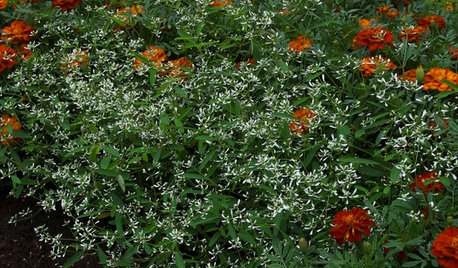
GARDENING GUIDES7 Enticing, Little-Known Annuals of the Plant World
Give these underutilized garden wonders a chance by discovering their draws
Full Story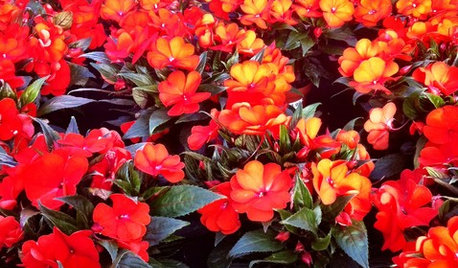
GARDENING GUIDESBright Plants for Flower Beds That Wow
From new annual and perennial varieties to grasses, get dramatic with swaths of color
Full Story
SPRING GARDENINGInspiring Raised Beds for Fall and Spring Planting
Make Your Next Vegetable Garden Even Better with Beautiful Boxes and Paths
Full StorySponsored
More Discussions






soonergrandmom
Okiedawn OK Zone 7
Related Professionals
Ferndale Landscape Architects & Landscape Designers · Garden City Landscape Architects & Landscape Designers · Kenmore Landscape Architects & Landscape Designers · Waterbury Landscape Contractors · Azalea Park Landscape Contractors · College Park Landscape Contractors · New Berlin Landscape Contractors · Thornton Landscape Contractors · Wallingford Landscape Contractors · Winchester Landscape Contractors · Boston Decks, Patios & Outdoor Enclosures · Castle Rock Decks, Patios & Outdoor Enclosures · Fort Pierce Decks, Patios & Outdoor Enclosures · Lancaster Decks, Patios & Outdoor Enclosures · Northbrook Decks, Patios & Outdoor Enclosuresslowpoke_gardener
Okiedawn OK Zone 7
Pamchesbay
Okiedawn OK Zone 7
Pamchesbay
Okiedawn OK Zone 7
Pamchesbay
mulberryknobOriginal Author
Okiedawn OK Zone 7